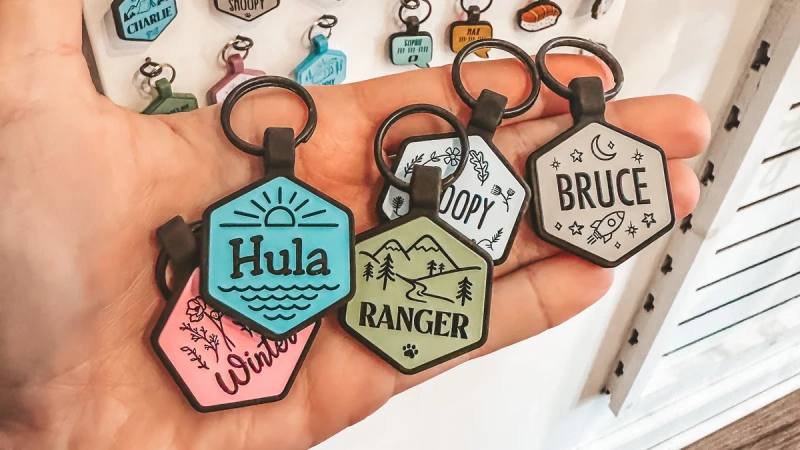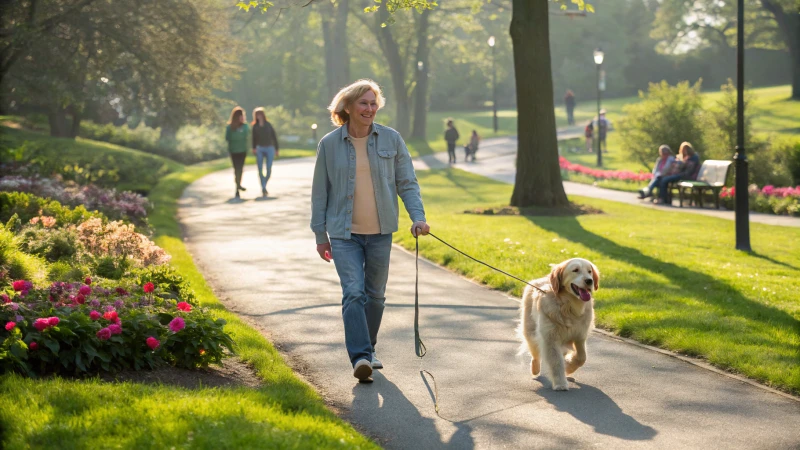
Your dog probably tugged you like a sled on a snowy day during a walk, right? That happened to me, too. It’s a real challenge!
Start indoors with a 6-foot leash and a comfortable harness to teach your dog leash walking. Reinforce good behavior with rewards. Introduce distractions slowly.
I recall the first time Luna, my dog, joined me on a walk. She seemed to lead me instead! We started indoors first. Short strolls around the living room prepared us for the outdoors. Patience and treats helped me a lot. Luna received a reward each time she stayed by my side without pulling. Seeing her learn was truly like watching a miracle happen. Gradually, busier streets became part of our routine. Squirrels, however, often grabbed her attention. Treats helped bring her focus back. It requires time. Every good walk brings us nearer to joyful walks together.
Positive reinforcement is crucial in leash training.True
Rewarding dogs for good behavior reinforces desired actions, improving training.
Choke collars are recommended for leash training.False
Choke collars can encourage pulling and cause discomfort, not recommended.
How Can Positive Reinforcement Enhance Leash Training?
Picture turning those challenging walks into a delightful journey with your fluffy companion!
Positive reinforcement helps leash training by rewarding good actions like walking calmly. Dogs learn to link good behavior with happy results. This training becomes fun and successful.
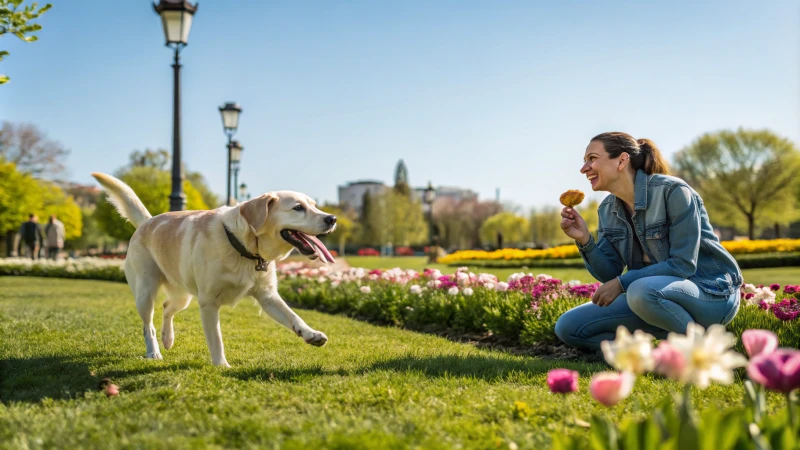
Understanding Positive Reinforcement
I remember the first time I tried leash training with my dog, Max. It was like we were in a funny show, with him pulling me everywhere! That’s when I found the wonders of positive reinforcement. This method rewards your dog when they do something good, like walking calmly on a leash. Instead of using punishment, which really hurts the trust between you and your pet, positive reinforcement links good actions with happy results.
Benefits of Positive Reinforcement in Leash Training
One day, I chose to give treats and say a happy "Good boy!" each time Max walked next to me without pulling hard. He learned fast! The main benefit is motivation; dogs choose to learn because they want to, not because they must. This is a big change, especially for dogs that might be a little shy or unsure.
Implementing Positive Reinforcement Strategies
-
Identify Motivators
- Max enjoys his kibble, but maybe your dog prefers a belly rub or a squeaky toy.
Type of Reward Examples Treats Small snacks or kibble Toys Favorite chew or squeaky toys Praise Verbal affirmation like "Good boy!" -
Start Small
- We began our training in our living room, without distractions, just me and Max practicing side by side.
-
Consistent Timing
- Giving Max his treat right after he walked beside me helped him know exactly why he got a reward.
Challenges and Solutions
There were times when Max was more interested in sniffing a bush than walking nicely. Patience is important. Slowly, we added distractions, starting in quiet places and moving to busier spots.
- Incremental Exposure: Add distractions slowly. Start in peaceful places before going to more exciting ones.
- Incorporate Fun Activities: We created a game by calling Max back to me during walks and giving him treats when he returned quickly.
- Seek Professional Guidance: If progress is slow, professional trainers can give advice that suits your dog’s needs.
Positive reinforcement turned leash training into an adventure for Max and me. Discover more effective training techniques1 for long-term happiness and success for both you and your furry friend.
Positive reinforcement improves leash training effectiveness.True
Reward-based methods reinforce desired behaviors, enhancing training success.
Choke collars are recommended for leash training.False
Choke collars can encourage pulling and cause discomfort, not recommended.
What Equipment Is Essential for Successful Leash Training?
Leash training truly changes walks for you and your furry friend. This activity creates enjoyable journeys. But what do you need first?
Successful leash training requires a non-retractable leash, a comfy harness and treats as rewards. Avoid choke collars since they might cause discomfort.
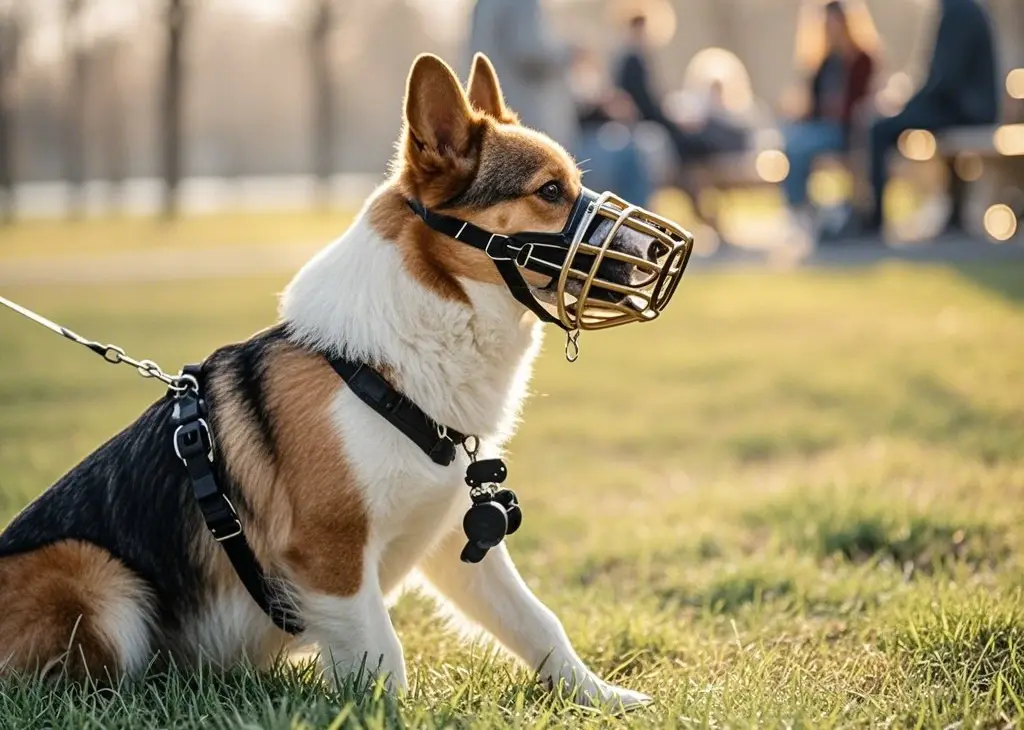
The Importance of a Non-Retractable Leash
The right leash is very important for training a dog. A non-retractable leash improves control, especially when dogs are still learning. I remember using a retractable leash – it felt like my dog wanted to explore every corner of the park! A standard leash of 4-6 feet helped us build regular training habits2 and brought much-needed order to our walks. Order is important.
Choosing the Right Harness
Finding the correct harness changed our training experience. A comfortable, well-fitting harness made walks more pleasant and offered better control. A no-pull harness was like magic! It redirected my dog’s pulling gently and without discomfort.
| Type of Harness | Benefits |
|---|---|
| Front-clip harness | Reduces pulling and offers better steering |
| Back-clip harness | Ideal for calm dogs or short walks |
Good harness selection made a big difference.
Using Treats for Positive Reinforcement
Treats became our greatest ally. Training with small, tasty treats kept my dog very motivated and eager to learn. Training turned into a fun reward game. Each time he walked next to me without pulling, he received a treat. Treats are effective3.
Avoid Choke Collars
I once thought about using a choke collar for pulling issues. Research showed they might cause harm and injury. We focused on positive reinforcement instead, making training more pleasant and stress-free. Avoid harmful methods.
Choosing the right tools made leash training enjoyable. Every piece of equipment contributed to safe and happy walks for both of us. Safe and happy walks.
Using a retractable leash is best for leash training.False
Retractable leashes encourage pulling, not suitable for training.
Positive reinforcement aids effective dog leash training.True
Rewards like treats and praise reinforce desired behaviors.
How can I handle common leash training challenges?
Ever feel like leash training your dog is actually them training you? I have experienced that and believe me, you’re not the only one. Let’s deal with those leash problems side by side.
Focus on rewarding the dog with treats to handle common leash training challenges. Stay consistent and very patient. Start inside the house. Slowly move training sessions outside. Use treats to address distractions. Use the right gear, like a leash that does not stretch and a harness that feels comfortable.
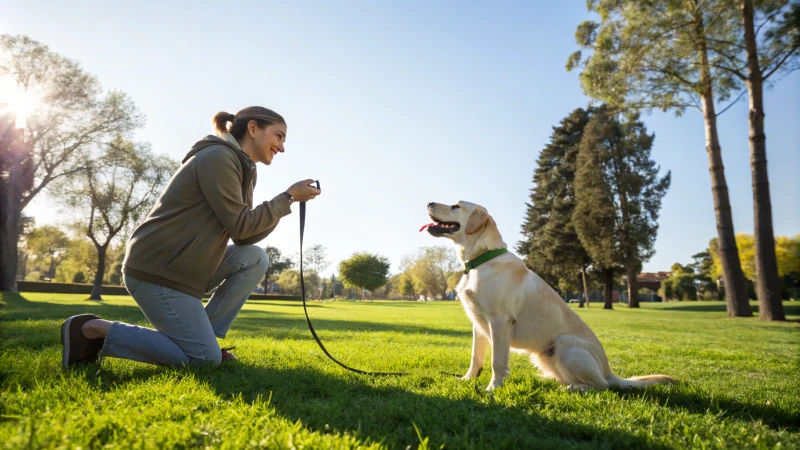
Understanding the Basics of Leash Training
Leash training goes beyond stopping your dog from dragging you everywhere. It helps build a bond that turns each walk into a joy. I started practicing inside the house, which helped me learn without the noise and distractions from outside. We used a six-foot leash and a comfortable harness. Commands like "come" were practiced in our living room, which became our mini training space. For more on this technique, explore verbal cues4.
Positive Reinforcement Techniques
I noticed quickly that my dog loved treats and praise—don’t most dogs? Every time he walked nicely by my side, treats appeared. At first, my pocket was full of snacks. Soon, the treats came less often as he understood the task. Dogs really respond to this method.
| Challenge | Solution |
|---|---|
| Pulling on Leash | Stop walking, wait for slack, then proceed |
| Distractions | Use treats to regain focus |
| Lack of Attention | Change direction or pace frequently |
Managing Pulling Behavior
The pulling battles! When my dog pulled, we both stopped moving. It was like a little face-off, but he learned that pulling didn’t get him anywhere exciting. Doing this consistently was hard but very helpful.
Addressing Distractions
Squirrels and other dogs are truly distracting! I kept treats handy to bring his focus back. "Watch" was our magic word to maintain attention; it truly worked like magic. Explore more distraction management strategies5.
Proper Equipment Use
Choosing good equipment really helped. A non-retractable leash and comfy harness made walks much better than other tools. I didn’t use choke collars as they seemed too harsh and didn’t match our positive training style.
Consistency is Key
Training is a long process. Short, frequent sessions worked better than long ones; each session was fresh and fun. Ending on a high note made my dog excited for the next walk—positive training brings positive results.
For further insights, consider reviewing consistent training practices6.
Positive reinforcement is effective for leash training dogs.True
Reward-based training encourages desired behaviors, improving leash manners.
Retractable leashes discourage pulling behavior in dogs.False
Retractable leashes can encourage pulling as they allow dogs more freedom.
Why Is Consistency Key in Leash Training?
Picture every dog walk as a peaceful adventure. Consistency in leash training creates this magic.
Being consistent in leash training is very important. It sets clear rules for dogs. Dogs then know what to expect. This leads to better behavior. Training a dog improves obedience, too. Repeating the same commands is essential. Giving the same rewards helps a lot. Dogs learn to follow the rules. This builds a strong training base.

Building Trust and Understanding
Consistency in leash training builds trust between you and your dog. When you use the same commands and techniques every time, your dog learns what to expect. This predictability helps them feel secure, knowing they are being guided properly.
For instance, if you always say "heel" when you want your dog to walk beside you, they quickly associate the word with the action. This clear communication fosters a stronger bond between you7.
Reinforcing Positive Behavior
Dogs thrive on positive reinforcement. Consistently rewarding your dog when they follow commands reinforces good behavior. If they learn that walking beside you leads to treats or praise, they’ll likely repeat that behavior.
Consider a simple table of rewards:
| Action | Reward |
|---|---|
| Walking on loose leash | Treat or praise |
| Sitting on command | Pat or toy |
| Ignoring distractions | Verbal approval |
This structure ensures your dog knows what behaviors lead to positive outcomes.
Avoiding Confusion
Inconsistent training can confuse dogs. If one day pulling on the leash is ignored and another day it’s corrected, your dog may not understand the desired behavior. This confusion can lead to frustration for both the owner and the pet.
A consistent routine, such as starting every walk with a "sit" command, establishes clarity. Dogs learn best when expectations are clear and consistent8.
Practical Application of Consistency
Practically applying consistency involves setting a training schedule. Regular sessions help reinforce lessons learned previously. Short, daily walks focusing on specific commands prevent overwhelming your dog.
An example schedule could look like this:
| Day | Focus Command | Duration |
|---|---|---|
| Monday | Heel | 10 mins |
| Tuesday | Sit at stops | 15 mins |
| Wednesday | Recall | 10 mins |
By adhering to a plan, your dog becomes accustomed to training sessions, making progress more tangible.
Tools for Consistency
Utilizing proper tools enhances consistency. A fixed-length leash and harness can discourage pulling, making it easier to maintain control. Devices like clickers can also help mark precise moments of desired behavior, reinforcing training.
Choosing the right tools based on your dog’s size and temperament is crucial. Learn more about effective training tools9 that align with your training goals.
Emphasizing consistency in every aspect of leash training sets the stage for long-term success, making walks enjoyable for both dogs and owners alike.
Positive reinforcement is crucial in leash training.True
Rewarding dogs for desired behavior encourages repetition and consistency.
Retractable leashes are ideal for teaching loose-leash walking.False
Retractable leashes can encourage pulling, hindering proper leash training.
Conclusion
Learn effective leash training tips for dogs, emphasizing positive reinforcement, proper equipment, and consistency to create enjoyable walks and strengthen the bond between you and your pet.
-
Discover additional training methods that utilize positive reinforcement for better long-term results. ↩
-
This link explains why non-retractable leashes are superior for consistent training. ↩
-
This resource highlights how positive reinforcement improves training outcomes. ↩
-
Discover more about using verbal cues to guide your dog’s behavior during leash training. ↩
-
Find tips on handling distractions like other dogs or enticing smells while walking your dog. ↩
-
Explore strategies to maintain consistency in your dog’s training routine for better results. ↩
-
Learn how a consistent approach strengthens the relationship between you and your pet. ↩
-
Discover why maintaining clarity in commands benefits both the trainer and the dog. ↩
-
Explore tools that enhance consistency and efficiency in dog training. ↩


